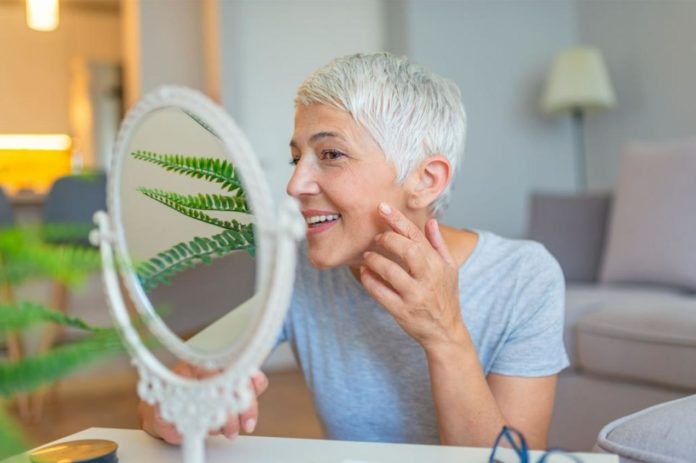Although the interactions between hypoxia and cell biomechanics and the underlying biochemical mechanisms of accelerated damage in diseased red blood cells are well understood, the precise biomechanical consequences of hypoxia-induced red blood cell degradation (aging) remain unknown.
The College of Engineering and Computer Science at Florida Atlantic University collaborated with the Massachusetts Institute of Technology (MIT) to determine the role of hypoxia in red blood cell aging via biomechanical pathways. They specifically examined hypoxia-induced impairments in red blood cell deformability at the single cell level, compared the differences between non-cyclic and cyclic hypoxia, and documented any cumulative effect vs. hypoxia cycles, including previously unstudied aspects. The deformability of red blood cells is a critical biomarker of their functionality.
The researchers applied a multifaceted microfluidic in vitro assay to carefully measure the gaseous environment while digging the mechanical performance of red blood cells. The assay can also be used to define other cell types involved in oxygen-dependent biological processes. The assay has the potential to be used to investigate hypoxic effects on cancer cells’ metastatic potential and relevant drug resistance. Cancer cells are more metastatic in hypoxic tumor microenvironments, and stiffness of cancer cells has been demonstrated to be an effective biomarker of their metastatic potential.
The study’s findings suggest a critical biophysical mechanism underlying red blood cell aging, in which cyclic hypoxia alone can result in mechanical degradation of the red blood cell membrane. This process, when combined with deformation-induced mechanical fatigue, results in two significant fatigue loading conditions for circulating red blood cells.
“A unique feature of our system lies in that the cell deformability measurement can be made on multiple, individually tracked red blood cells under a well-controlled oxygen tension environment,” explained Dr Sarah Du, senior author.
“Our results showed that the deformability of red blood cells decreases under deoxygenation conditions by before-and-after mechanical characterization of individual cells in response to the switching of oxygen levels within a microfluidic device.”
Microfluidics provides a compact and efficient platform for gas diffusion by connecting the gas and aqueous solution via flow or a gas-permeable membrane, which also allows for control of the cellular gaseous microenvironment.
The researchers exposed red blood cells to a well-controlled repeated hypoxia microenvironment while simultaneously determining the mechanical properties of the cells. They integrated an electro-deformation technique into a microdiffusion chamber, which was simple to implement and flexible in delivering cyclic hypoxia challenge and shear stresses to individual cells suspended in suspension and under quasi-stationary conditions simultaneously.
Biomarker measurements, such as oxidative damage, can provide additional information about the fatigue loading and biological processes, allowing for a better understanding of red blood cell failure and aging. The microfluidic assay can also be used to investigate the mechanical properties and response of other types of biological cells to gaseous environments.
“The unique method developed by professor Du’s lab also can be a useful tool to predict the mechanical performance of natural and artificial red blood cells for transfusion purposes as well as to assess the efficacy of relevant reagents in extending the cellular lifespan in circulation,” said Stella Batalama, Ph.D., dean, College of Engineering and Computer Science.
“This promising and cutting-edge assay has the potential to further extend to red blood cells in other blood diseases and other cell types.”
Image Credit: iStock
